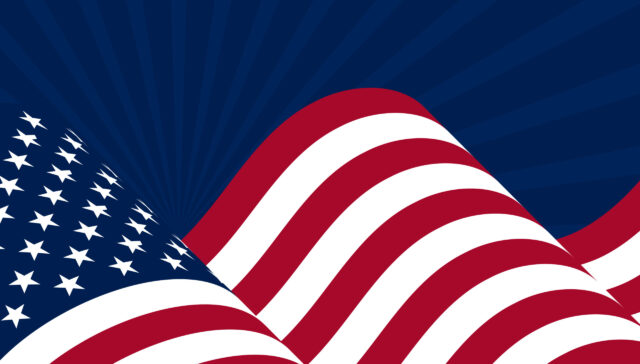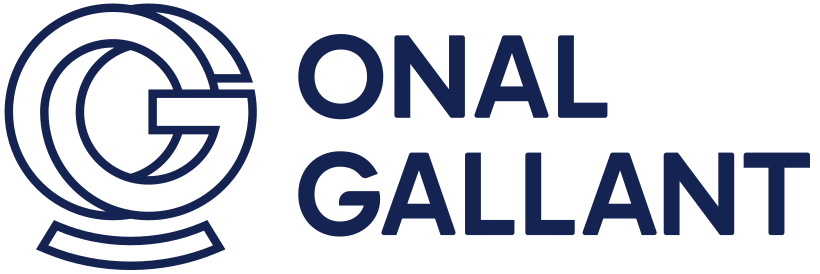
H-1B Visa
The H-1B visa allows U.S. employers to temporarily hire foreign professionals for roles requiring specialized knowledge, known as "specialty occupations".
What Is H-1B Visa?
The H-1B visa helps U.S. companies access specialized talent not readily available domestically, boosting innovation.
Most H-1B visas are for "specialty occupations," which demand the application of highly specialized knowledge, typically requiring at least a bachelor's degree or equivalent in a specific field. Common fields include IT, engineering, finance, healthcare, sciences, law, and academia.
Eligibility Requirements for H-1B Visa
Employeer Requirements: Sponsoring an H-1B Worker
Defining a "Specialty Occupation"
The cornerstone of H-1B eligibility is that the job offered must qualify as a "specialty occupation." This means the role requires:
- Theoretical and practical application of highly specialized knowledge
- A bachelor's or higher degree (or equivalent) in a specific specialty as a minimum entry requirement.
USCIS evaluates if the position meets at least one of these criteria:
- A specific bachelor's degree (or equivalent) is the normal minimum requirement.
- The degree requirement is common in the industry for similar roles, or the job is complex enough to usually require such a degree.
- The employer normally requires a degree or equivalent for the position.
- The duties are so specialized or complex that they typically require a specific bachelor's degree.
USCIS emphasizes a direct relationship between the degree field and job duties. Employers must clearly show how the specific degree provides the necessary specialized knowledge.
Sponsorship Obligations
The U.S. employer petitions for the visa and must file a Labor Condition Application (LCA) with the Department of Labor (DOL) before filing the H-1B petition (Form I-129) with USCIS. The LCA includes attestations that the employer will:
- Pay the H-1B worker the higher of the actual wage or the prevailing wage.
- Ensure working conditions do not adversely affect U.S. workers and offer benefits equally.
- Confirm no strike or lockout exists at the worksite.
- Notify the workforce of the LCA filing.
"H-1B dependent" employers may have additional requirements. Employers must also demonstrate a bona fide job offer, including for remote work or third-party placements. Non-compliance can lead to penalties. Consulting an H-1B attorney is advised to ensure LCA compliance.
Employee Requirements
The foreign national beneficiary must meet at least one of these criteria directly related to the specialty occupation:
- Hold a relevant U.S. bachelor's degree or higher.
- Hold a foreign degree equivalent to a relevant U.S. bachelor's degree or higher.
- Possess education, training, and/or experience equivalent to a relevant U.S. bachelor's degree, with recognized expertise. Proof requires documents like diplomas, transcripts, credential evaluations, licenses, or experience letters
H-1B Visa Application Process
Step 1: H-1B Cap Registration & The Annual Lottery (If Applicable)
There’s an annual limit (cap) on new H-1B visas (currently 65,000 regular cap + 20,000 U.S. master’s cap). Due to high demand, USCIS uses an electronic registration process. Employers register potential beneficiaries during a set period, paying a fee per registration.
If registrations exceed the cap, USCIS conducts a random lottery. A beneficiary-centric system ensures each individual has an equal chance regardless of multiple registrations. Only selected registrations allow employers to file a full H-1B petition. Selection notices are posted online. Petitions are typically filed starting in the spring for an employment start date in the fall.
The lottery’s uncertainty highlights the need for careful execution and potentially exploring cap-exempt options. An H-1B attorney provides valuable guidance . Certain employers (like universities) are cap-exempt .
Step 2: Securing the Labor Condition Application (LCA) from the DOL
Before filing the H-1B petition (Form I-129), the employer must get a certified LCA from the DOL. The LCA includes attestations about wages, working conditions, etc.. Accurate LCA preparation is crucial, especially for cap-subject cases with tight filing windows.
Step 3: Filing the H-1B Petition (Form I-129) with USCIS
With a certified LCA, the employer files Form I-129 with USCIS, either online or by mail. The package includes the LCA, proof of specialty occupation, beneficiary qualifications, employer/job details, fees, and the selection notice (if cap-subject). A comprehensive petition minimizes RFEs or denials. An H-1B attorney helps assemble a persuasive package.
Step 4: Consular Processing and Admission to the U.S. (If Applicable)
- Beneficiary Outside the U.S.: After I-129 approval, the worker usually applies for an H-1B visa stamp at a U.S. consulate, attends an interview, and then seeks admission at a U.S. port of entry.
- Beneficiary Inside the U.S.: If already in valid U.S. status, the I-129 can request a change or extension of status. If approved, the beneficiary transitions to H-1B status without leaving the U.S. (unless traveling internationally later).
Questions? You’re covered.
Due to annual limits (the "cap"), demand often exceeds supply. USCIS uses a random lottery system. Employers register candidates electronically. If registrations exceed the cap, a random selection determines who is eligible to file a full H-1B petition.
While temporary, H-1B is a common route to a green card. Employers often sponsor H-1B workers for permanent residency. The visa allows "dual intent," meaning you can pursue a green card while on H-1B status, and extensions beyond six years are possible if the green card process is underway.
nitially up to three years, extendable generally to a maximum of six years. Extensions beyond six years are possible for those pursuing employment-based green cards facing backlogs.
Generally no, but certain H-4 spouses can apply for work authorization (EAD) if the H-1B spouse has an approved I-140 immigrant petition or has received H-1B extensions beyond the six-year limit due to green card processing.
Material changes" (like moving outside the original work area, significant duty changes, or corporate restructuring) require your employer to file an amended H-1B petition before the change. Minor changes usually don't. Consult an H-1B attorney to determine if an amendment is needed.
Common reasons include failure to prove the job is a "specialty occupation," the beneficiary lacking qualifications, LCA issues, inability to prove a bona fide job offer or employer-employee relationship, or errors/missing documents in the petition.
Generally yes, if you have a valid H-1B visa stamp. Travel while an extension or change of status is pending can be complex and might affect the application.
News and blog


Navigating the Startup Maze: A Guide to Legal Structures, IP Protection, and Founder Agreements


